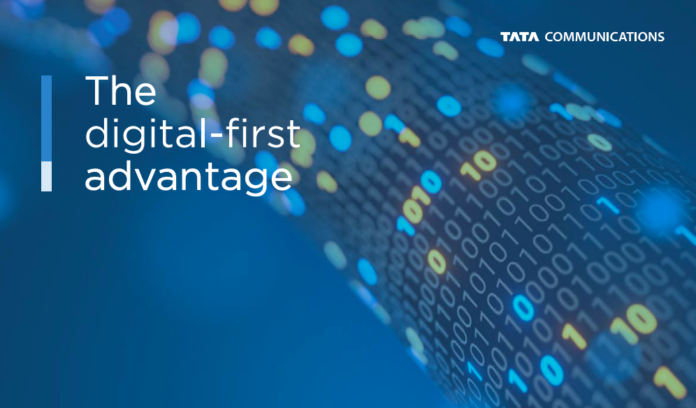Nine in every 10 companies have yet to achieve their digital-first goals, with 49% admitting that cyber security is the top most priority for their business, according to Tata Communications.
The India-based firm’s “Leading in a Digital-First World; Enabling Success with the Right Mindset, Ecosystem and Trust” shows that 45% of enterprises lost productivity during the crisis due to problems of connectivity.
Also, 41% enterprises attribute the shift to digital-first operating models for maintaining market share during the course of the pandemic.
The survey was conducted among business leaders across 750 enterprises in 11 countries and classifies them into three distinct categories as per their digital maturity stage.
Findings show that only 10% enterprises are digital trailblazers, having the most advanced digital operating models, connectivity platforms and strategies ensuring secure and trusted operations. Almost two-thirds (63%) of them attribute revenue growth to their digital-first strategy.
More than half (52%) of enterprises are digital migrants, having limited digitalisation in their business, but still needing to improve in several areas of digital capability.
Further, 38% of enterprises are digital aspirants — at a nascent stage of digitalising their business and have been unable to achieve growth due to lack of digital maturity.
“As economies open, trust and security are core to the competitiveness and agility of enterprises seeking growth,” said A.S Lakshminarayanan, Managing Director and CEO, Tata Communications. “The scale of digitalisation will be the new barometer of success for enterprises irrespective of its size or industry.”
The report identifies gaps and matters to address for enterprises in their digital transformation journeys to be in three areas. First is committing to a digital-first operating model. Firms need a coherent digital operating model that over time reimagines every core channel, process and service offering to maximise the digital opportunity.
Second is creating quality user experiences with a hyperconnected ecosystem. Enterprises must move away from legacy processes and embrace “being hyperconnected” and delivering high-quality, secure and frictionless collaboration for all stakeholders across the entire ecosystem.
Third is security and trust. Businesses must stay vigilant and invest proactively to safeguard all stakeholders.
















